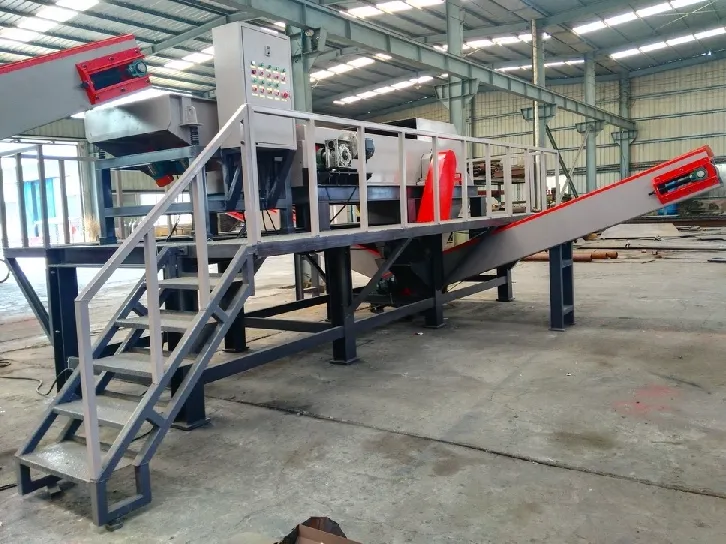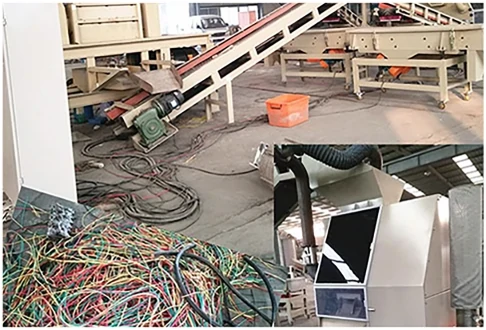Unlocking the potential of repurposing household waste not only benefits the environment but also contributes to economic savings. Tin can shredders stand out as an essential tool in this endeavor, transforming used cans into manageable, recyclable materials. These shredders are pivotal to efficient recycling and waste management, catering to both personal and industrial needs.

A deep dive into the mechanics of a tin can shredder reveals an ingenious tool. At the heart of the shredder lies the robust cutting blades, engineered to efficiently break down the rigid aluminum or steel structure of tin cans. This process reduces the volume of waste significantly, enhancing storage capacity and reducing the frequency of disposal requirements. Modern tin can shredders boast state-of-the-art blade technology that maximizes performance, ensuring swift and precise cuts each time.
When investing in a tin can shredder, it's paramount to consider several factors. The shredder's motor power plays a critical role in its efficiency. Higher horsepower generally translates to better performance, especially when handling thicker cans or large quantities. Additionally, ease of operation underscores the machine's convenience; intuitive controls and straightforward maintenance ensure long-lasting functionality.

The importance of a quality tin can shredder extends beyond personal use, finding a significant presence in industrial settings. In factories and recycling plants, these shredders help streamline waste processing, making it easier to manage large quantities of scrap metal. The shredded material can be melted down and reused, contributing to a circular economy. By reducing the size of the cans, transportation costs decrease, further enhancing the economic appeal.
Sustainability is a key driving force behind the tin can shredder's appeal. By promoting recycling, these devices significantly cut down on energy use and reduce greenhouse gas emissions. Recycled aluminum, for instance, requires up to 95% less energy compared to producing new aluminum from raw ore. This not only conserves natural resources but also mitigates the environmental impact of mining operations.
tin can shredder
In terms of safety, modern shredders incorporate numerous features to protect users. Automatic shut-off systems and emergency stop functions ensure that accidents are minimized. Furthermore, well-designed feed chutes prevent overloading, thus maintaining a smooth operation and reducing the risk of malfunction.
The financial benefits of utilizing a tin can shredder are further amplified by potential revenue streams. Many recycling centers pay for aluminum scrap, turning what was once waste into a source of income. The value of recycled materials, coupled with savings on waste management costs, provides a compelling economic incentive.
The future of tin can shredding shines bright with technological advancements poised to enhance efficiency and user-friendliness. The integration of smart technologies, such as monitoring systems and automated sorting, holds the promise of revolutionizing how we approach recycling. These innovations will likely make shredders even more accessible and effective for both individuals and industrial users.
In conclusion, a tin can shredder is more than just a utility device; it represents a confluence of environmental responsibility, economic benefit, and engineering excellence. By investing in a high-caliber shredder, users tap into a wellspring of potential that not only caters to immediate waste disposal needs but also aligns with broader sustainability goals. As awareness of the importance of recycling continues to grow, so too will the role of tin can shredders in creating a cleaner, more efficient future.


